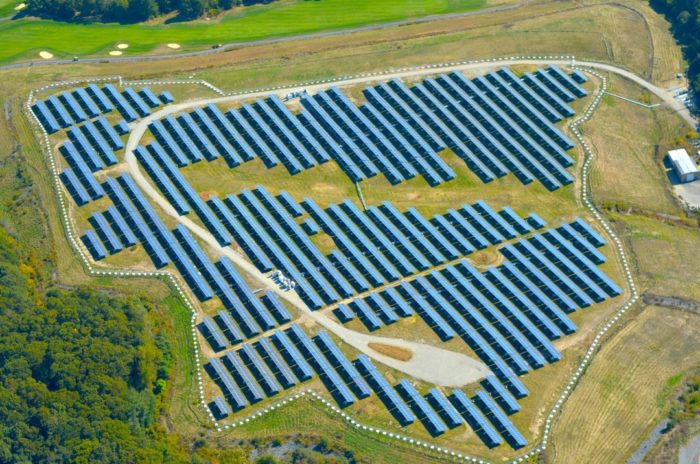
Image Credit: Brightfields Development
For 23 years, the landfill in Scituate, Massachusetts, accepted municipal solid waste, construction debris, and residue from a nearby wastewater treatment plant. When the dump was finally capped in 2000, the city faced the same problem that a lot of communities do as they convert landfills into transfer stations: Just how could this piece of land be put to good use?
The 29-acre parcel, while concealing a landfill, is relatively flat and unshaded. It has a southward slope and is out of sight of anyone nearby. Town officials considered turning the property into a recreation area, but in the end chose a very different path. Working with a private developer, the town turned the parcel into a solar farm with more than 10,500 photovoltaic (PV) modules that produce an estimated 3.8 million kWh of electricity per year.
According to a report in The Wall Street Journal’s MarketWatch, Scituate becomes the first town in the country to generate all the power it needs for city-owned facilities with renewable sources — in this case, the PV installation plus an existing wind turbine.
The U.S. Environmental Protection Agency singled out Scituate’s experience in a case study as an example of how contaminated land, landfills, and old mining sites can become successful renewable-energy projects.
The project also was one of four winners of “Project of Distinction” awards from the Solar Energy Industries Association and the Solar Electric Power Association.
Potential costs worried town officials
According to the EPA’s case study, officials were initially scared off by the prospect of high development costs for solar. But a committee of volunteers that evaluated the town’s options thought there was enough promise in the idea to seek proposals from potential developers.
The town weighed a number of proposals before settling on Brightfields Development of Wellesley, Massachusetts. Under a complex power purchase agreement (PPA), says town administrator Patricia Vinchesi, Scituate is generating 8.4 cents per kWh for the electricity the solar panels produce. The town also collects lease payments on the array from Brightfields, which retained the solar renewable energy credits for the project.
According to the EPA, the 3-MW project will save Scituate, a community of about 18,000 people southeast of Boston, about $200,000 a year. The electricity generated by the solar array and the wind turbine is enough to power Scituate’s 50-odd municipal facilities, Vinchesi said.
Other partners in the project included Renova Partners, an investment and development company, Main Street Power, a developer and owner of distributed generation PV systems, Syncarpha Solar, and MS Solar Solutions. The project was built by Gehrlicher Solar America, according to MarketWatch.
Overcoming two potential road blocks
One potential roadblock was getting the PV installation connected to the grid. National Grid, the local utility, was concerned the PV arrays, in combination with the town’s wind turbine at the wastewater treatment plant, would overload an existing distribution line the town projects would share.
The utility initially called for $900,000 in upgrades before the PV arrays could be brought on line. But after studying the project in more detail, National Grid decided the two renewable energy projects would actually complement each other, the EPA said.
Another problem was how the Massachusetts renewable energy credits market was structured. Brightfields’ original estimates on how much the credits would be worth proved to be too low, forcing a delay in the project and requiring Brightfields to seek another financial partner.
The problems were eventually solved, and last September Scituate, Brightfields, and its partners brought the PV installation online. The solar industry awards were announced in Boston on June 23.
Weekly Newsletter
Get building science and energy efficiency advice, plus special offers, in your inbox.





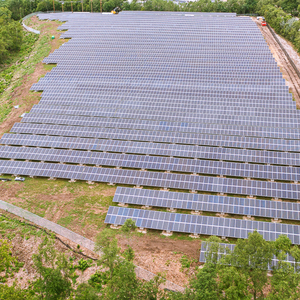
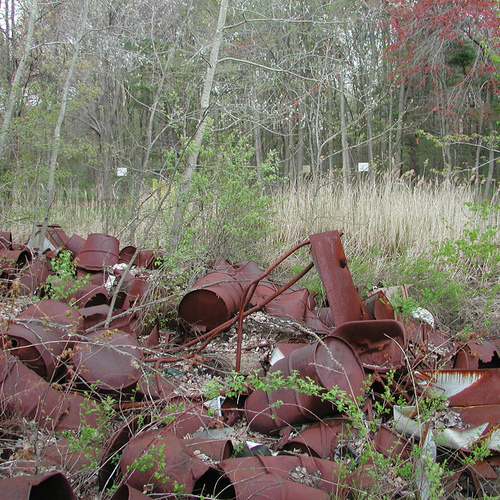
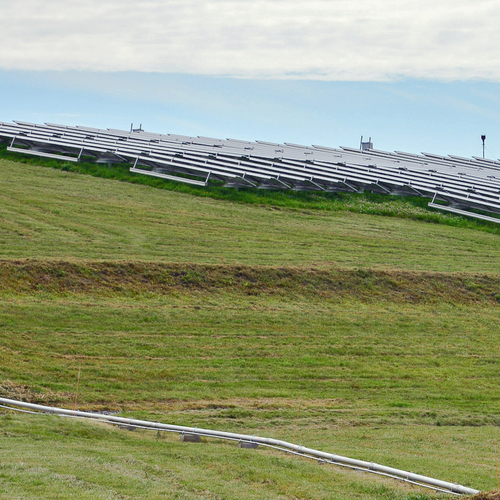
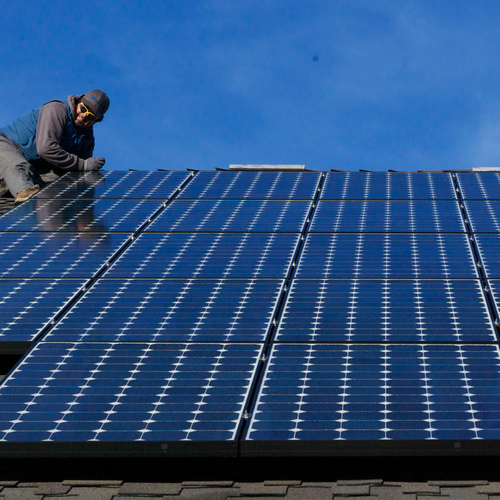






0 Comments
Log in or create an account to post a comment.
Sign up Log in